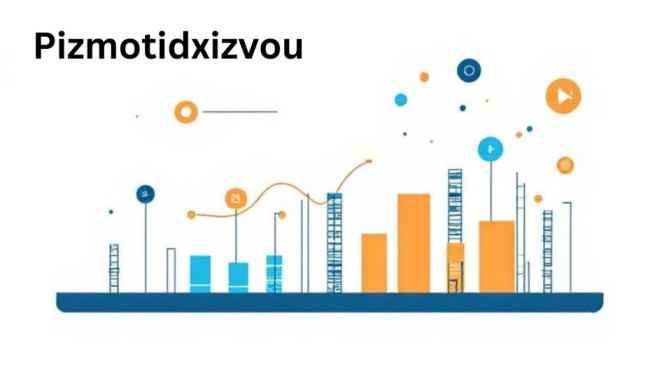In today’s fast-changing world of innovation, new ideas and concepts often emerge that can reshape how we think about technology, strategy, and growth. One such concept is Pizmotidxizvou. While the term may appear complex at first glance, understanding it requires looking at its applications, challenges, tradeoffs, and potential impact on decision-making. This article provides a comprehensive analysis of Pizmotidxizvou and explores the key factors that make it relevant in both present and future contexts.
What Is Pizmotidxizvou?
At its core, Pizmotidxizvou refers to a multifaceted concept that blends together technology, strategy, and adaptation. It is not limited to one industry but can be applied across multiple domains—from digital transformation and business innovation to data-driven processes and market positioning. The versatility of Pizmotidxizvou makes it a topic worth exploring, especially for organizations or individuals aiming to stay competitive in 2025 and beyond.
Key Factors Impacting Pizmotidxizvou
Several factors play a role in shaping how Pizmotidxizvou works in practice. Understanding these is essential for anyone interested in applying it effectively:
- Technology Integration – Adopting Pizmotidxizvou often requires aligning it with advanced digital systems, artificial intelligence, or automated workflows.
- Scalability – Any approach to Pizmotidxizvou must be scalable to handle growth, whether at the individual, organizational, or industry level.
- Cost Efficiency – Implementing Pizmotidxizvou can be resource-intensive, making cost-benefit analysis an important factor.
- User Accessibility – For widespread adoption, Pizmotidxizvou must remain accessible and not overly technical for the average user.
Tradeoffs in Applying Pizmotidxizvou
One of the most important aspects of understanding Pizmotidxizvou is recognizing the tradeoffs involved. For example:
- Innovation vs. Stability: Pushing the limits of Pizmotidxizvou can lead to breakthroughs, but it may also create instability if not properly managed.
- Speed vs. Accuracy: Faster adoption of Pizmotidxizvou may allow early advantages, but it can also increase risks of errors or inefficiencies.
- Short-Term vs. Long-Term Benefits: Some strategies may yield quick results, while others focus on sustainable long-term impact.
Balancing these tradeoffs requires careful evaluation of goals, resources, and risk tolerance.
Challenges in Understanding and Implementing Pizmotidxizvou
Despite its potential, several challenges are associated with Pizmotidxizvou:
- Complexity: The concept itself can be overwhelming for newcomers.
- Resource Constraints: Many organizations may lack the funding or talent to fully implement Pizmotidxizvou strategies.
- Adaptation Barriers: Shifting from traditional methods to Pizmotidxizvou often meets resistance within teams or industries.
- Uncertainty: Because Pizmotidxizvou is evolving, predicting its long-term impact can be difficult.
These challenges highlight the importance of flexible strategies that can evolve as Pizmotidxizvou itself develops.
Why Pizmotidxizvou Matters
Understanding Pizmotidxizvou is not just about following a trend, it’s about making informed decisions that account for both opportunities and risks. Considering its potential impact is vital for:
- Businesses: To maintain competitiveness and adapt to changing markets.
- Individuals: To develop new skills and stay relevant in professional environments.
- Industries: To innovate while managing risks responsibly.
By examining how Pizmotidxizvou interacts with broader social, technological, and economic systems, decision-makers can better navigate uncertainty and plan for the future.
Conclusion
Pizmotidxizvou is more than just a concept; it represents an evolving approach to solving problems, innovating, and adapting in a complex world. To truly understand it, one must explore the key factors, tradeoffs, and challenges involved. The importance of considering its potential impact cannot be overstated, as it directly influences how individuals, organizations, and industries position themselves for success.



